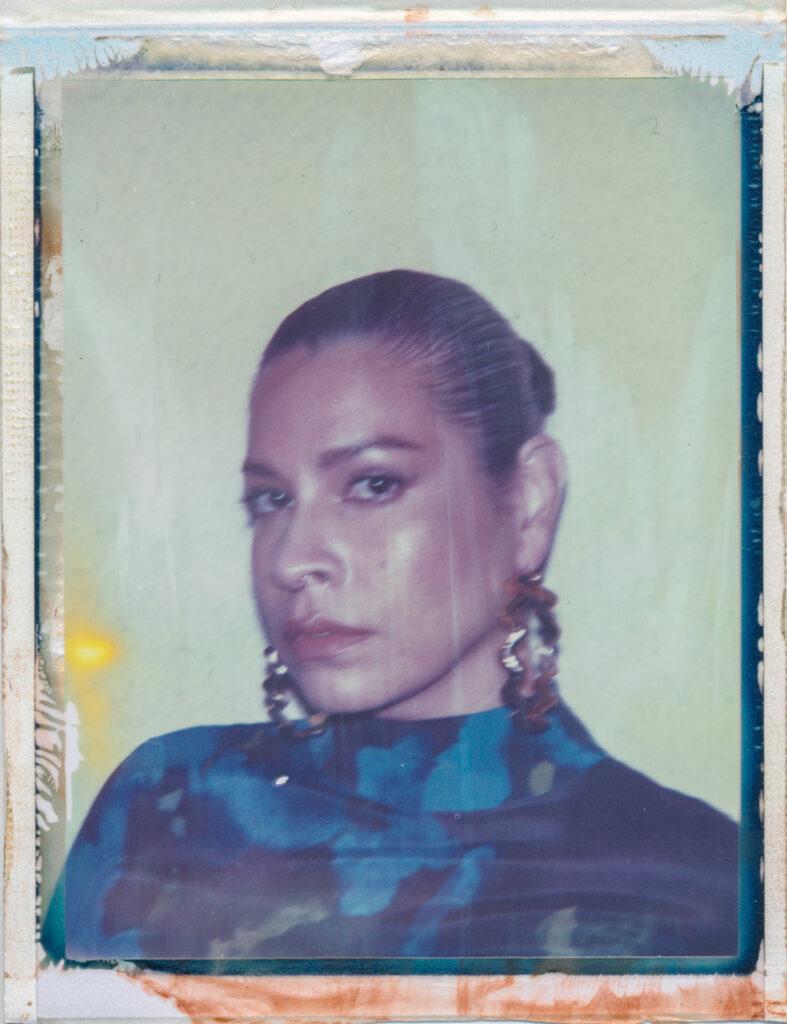
Interview by Laasya Gadiyaram
With its ten Academy Award nominations, Killers of the Flower Moon brings a heart wrenching story of the Osage Nation to the silver screen. Martin Scorcesse weaves an intricate narrative of abuse, exploitation, and resilience in his 2023 epic. Cara Jade plays Anna Brown, a victim in the string of murders plaguing the county. We talk about identity in media, writing and teaching, and the next generation of Native American creatives.
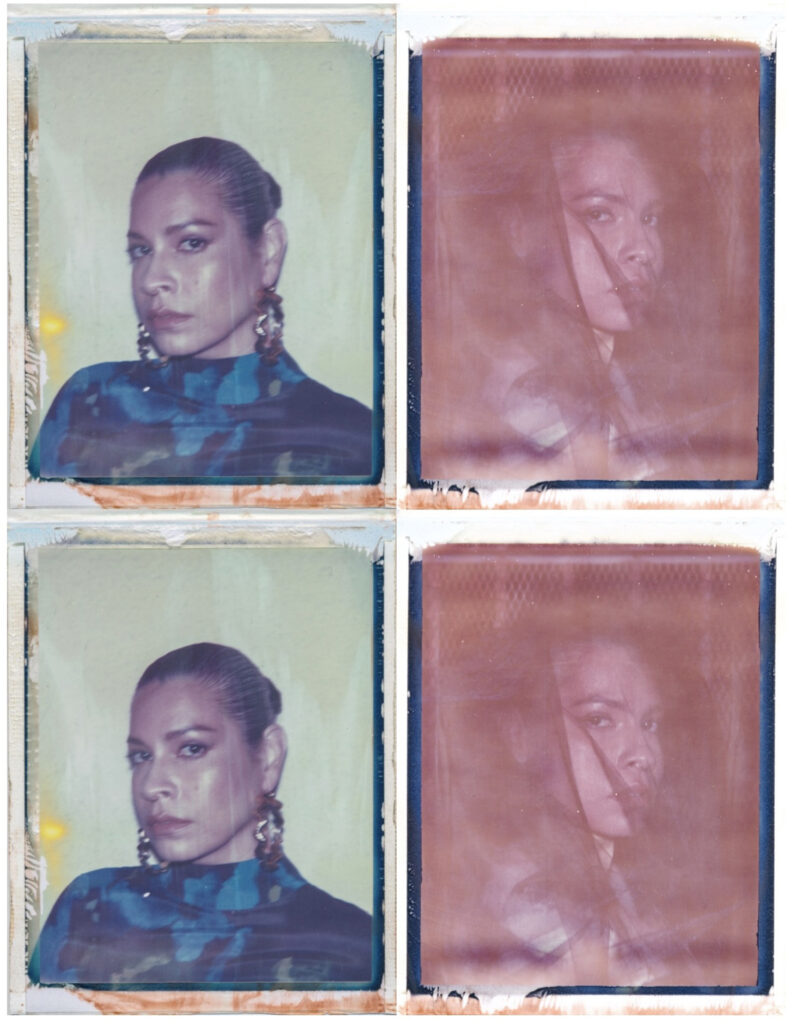
Dress: Stine Goya, Hoop Earrings: Patou
Congratulations on Killers of the Flower Moon! How has the experience been so far?
Thank you so much! It’s been such an amazing experience. This is the first time I’ve been on this level of a set with such legendary filmmakers, so I’m just taking it all in and enjoying the ride.
What was it like to work with Martin Scorcesse?
Working with Marty is as amazing as you think it would be. He’s so incredibly kind and collaborative. And, of course, so smart and sharp. I wish I could have been a fly on the wall, just listening and watching him directly. I’m sure I would have learned so much. However, we were filming during COVID, so we were all social-distancing from each other.
What does his directing-style look like, up-close?
He gives you the space to work and play in a scene, then molds what you’re doing. It’s always fun watching him work with Leo and Bob, just because they’ve worked together so many times, so they have a shorthand and understanding of each other.
How was working along-side Robert De Niro and Leonardo De Caprio? What did you learn from them, as actors?
It was so incredible to work alongside two acting legends. There are times you’re just sitting there watching them and Marty talk, then you hear Action, and must jump in the scene. But you learn a lot about professionalism and how they can just turn it on. It’s truly inspiring to watch.
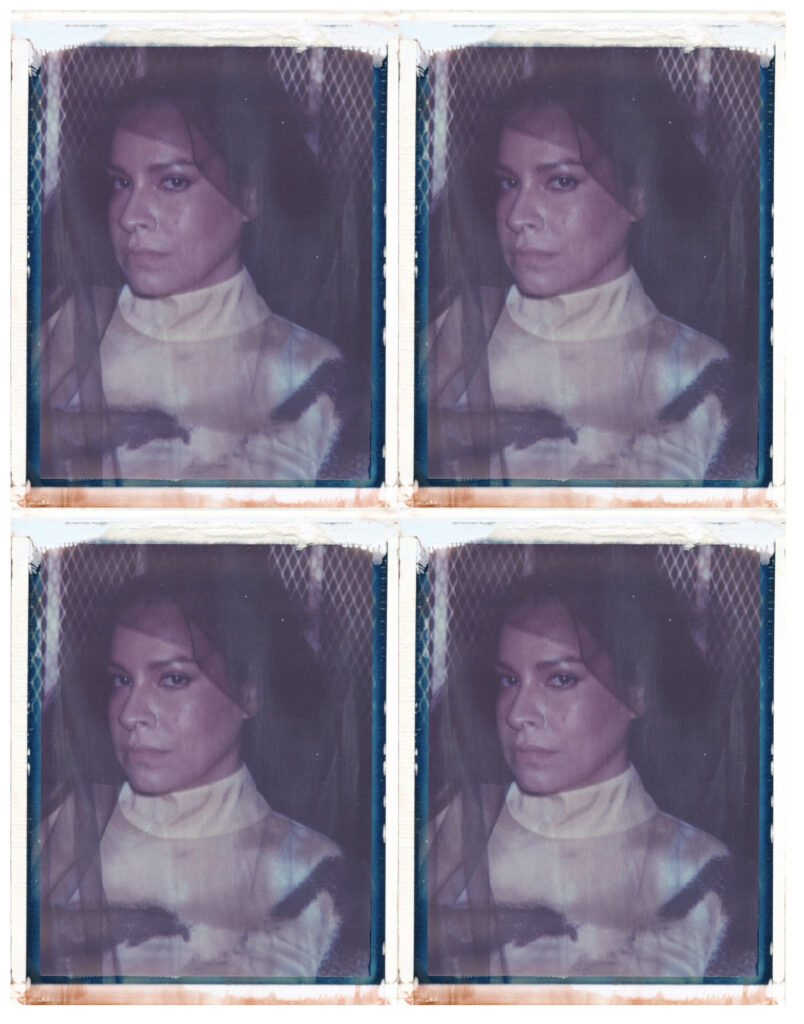
Dress: Stine Goya
How did this experience develop your abilities as an actor? And as a writer?
This experience is so invaluable to me as an actor. It really expanded my capabilities and pushed me to step up my game. I have such heavy hitters I’m working alongside; I didn’t want to be the weak link, so I really dove into the pain of Anna. Honestly, just being surrounded by so many professionals at the top of their game is so inspiring that it affects every aspect of my craft—writing and acting.
What was it like to work on a film so personal to your identity?
To work on a film that is about Natives and to have Natives surrounding me was absolutely the most amazing thing to be a part of. To know that I’m not the only Native on set was so incredibly refreshing. Most times, I’m the only Native American on set, and I become the cultural consultant by default. And every tribe is different, so I can’t speak to their customs. But having Osage in every single department and making sure every detail is accurate was so helpful. It allowed me to not over-worry about authenticity and focus on my job as an actor.
Killers of the Flower Moon comments on the abuse women endure. How did you interact with such a weighty topic in this capacity?
I come from a family of abuse, alcoholism, and drug addiction, so for me, showing the complicated feelings and actions involved with that was so important. Unfortunately, abuse is something a lot of women endure; the complete disrespect and disregard for women is heartbreaking. Especially during the 1920’s as a Native, whereas the movie says, “You’re more likely to go to jail for kicking a dog than killing an Indian.” This is one of the first documented cases of MMIW (missing and murdered Indigenous women), but the sad thing about that is that the only reason these women’s stories are documented is in regard to the white men involved. When doing research, it was hard to find information on Anna, but there was plenty on Ernest and Hale.
Anna Kyle Brown lived in the 1920’s. How do you embody her spirit 100 years later
Being in the clothes and on the set was extremely helpful. Other than that, I figured that women aren’t that different from today. We still have the same basic wants and needs, still love, and hate, grieve, and feel the deep pain that comes from losing everyone and everything around us. So, for me, I let the set, clothes, hair, and makeup do the rest.
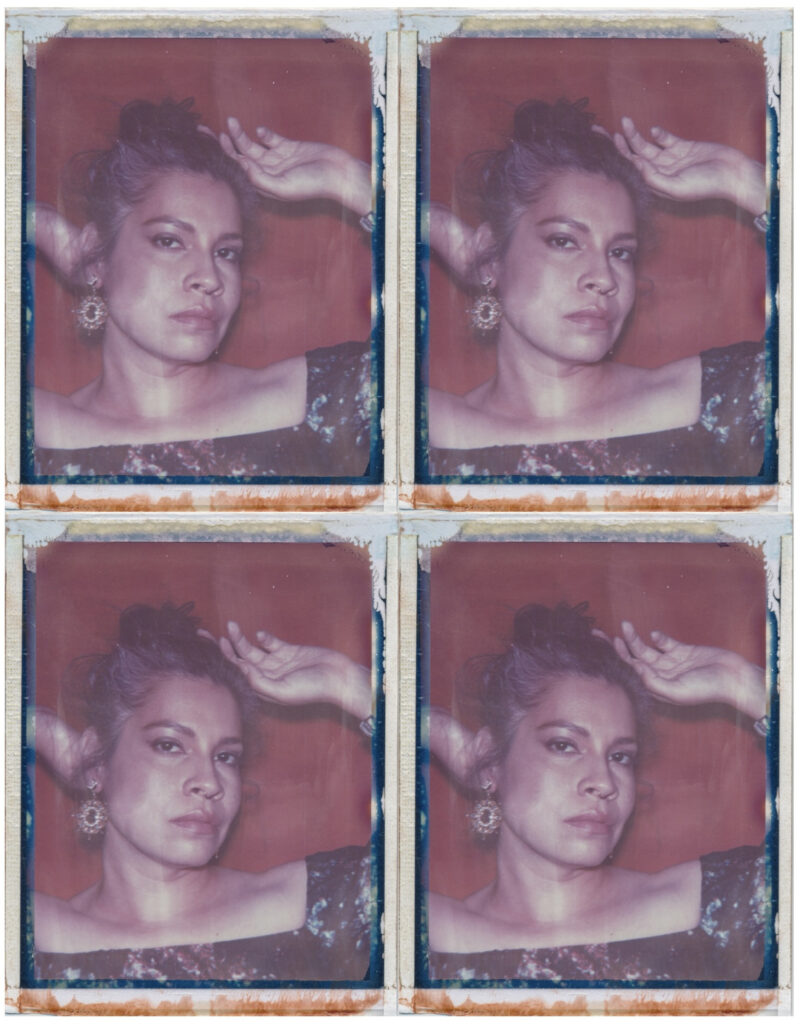
Dress: Stine Goya, Earrings: Azza Fahmy ‘Star Earrings’
Many times, marginalized groups are defined by the hardships they endure and the stories that come from this. Is there a way you can center hope within these narratives?
The problem is that our hardships mold us, but they don’t define us. But for some reason, Hollywood only wants to focus on our trauma. There are so many stories of triumph, joy, resilience, and love. Yet they were only seen as poverty-stricken victims. There’s always a way to center hope in these stories. If we focus on the resilience and strength of the characters versus the trauma, No matter what the trauma will be, we need someone you can root for—someone who isn’t playing the victim. We need to see them come through the pain and trials to the growth and victory on the other side. Killers of the Flower Moon, we know the death is there, but if we can see the joy, family, and healing that take place after, that’s the hope. To see that no matter how incredible the pain and betrayal were, that we’re still here. We’re still practicing our traditions, language, and customs. No matter the pain inflicted on us, no matter how hard the residential schools tried to beat the Native Americans out of us. We are still here and have retained or are reclaiming what was taken from us. That’s hope.
Can Hollywood do a better job of looking at the good, despite the bad?
Hollywood absolutely could do a better job of looking at the good. And it starts in the writer’s room. As a Native American writer, I see our trauma as an event, not our story. Our story comes after the pain. We experience it, it shapes us, and then we move on and heal the best way we can. But movies always focus on the pain and the wrongdoing, never the healing. Having Natives at ground zero will only enrich a story. You can’t bring us in as consultants to do damage control after the script is written. I am a product of generational trauma and cultural erasure; no one can speak to our experiences in the way we can because we are the results of these things. But I promise you that it only makes me stronger; it makes me work harder and push to see us in a proper light.
Representation, as a whole, is something the industry seems to be prioritizing now. Does it feel sincere?
I’m glad representation is being prioritized. But representation isn’t making a story about us; it’s making the story with us. The group you’re wanting to represent needs to be involved in every aspect of the process. We can’t be consultants. I think that’s a scary thing for Hollywood because that means they’re going to have to give over control. We shouldn’t be a part of a trend, but a part of the fabric of Hollywood. I think some of the representation is sincere, but there’s also another aspect of Hollywood that doesn’t trust that we know how to tell our stories or that our stories will make money. They are focusing on the wrong things. Our stories aren’t a trend or a specialty market. Our stories are about family, friends, love, and loss, just like everyone else’s, but for some reason they were seen as exotic or other. As if you have to witness our story from a distance. It’s almost like a zoo. But I want to bring people into the story. I want them to experience it as a fellow human who is going through the experience with the character. To show our commonality.
How do you identify who you want to work with?
I think it’s important to know the story and the people working on it as well as how collaborative they are and how open they are to suggestions and corrections if necessary. Unfortunately, I was unable to read the script for Killers of the Flower Moon before signing my contract. But I knew I didn’t want Anna to be the stereotypical ‘drunk Indian’. I wanted her pain to be from losing her friends, family, and way of life. And that’s the mindset I had going in. No matter what was on that page, I would do my best to bring her to life and show every emotion possible in the short time I have on screen. I feel it makes her story more tragic when she’s so full of life and fire. So when she’s not there, you feel her absence.
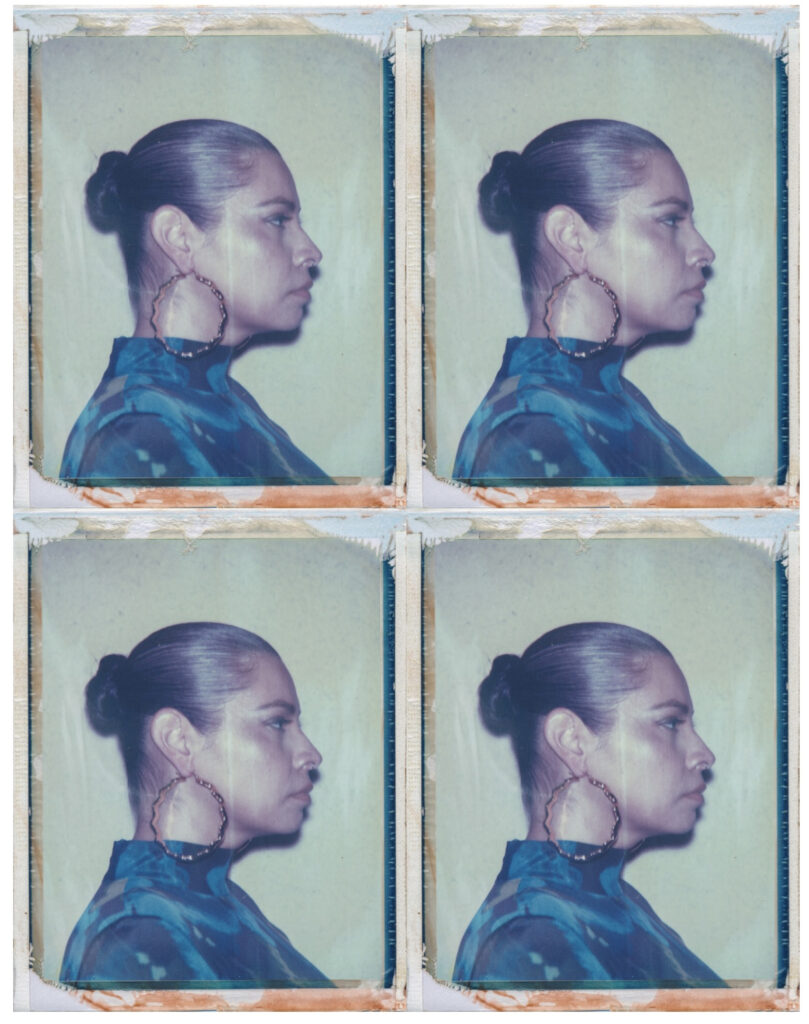
Dress: Stine Goya, Hoop Earrings: Patou
The teller of the story matters as much as the story itself. What about Martin Scorcesse made you believe in his vision for this movie?
The first thing that made me confident in Marty was the fact that he went to the Osage tribal chief and asked if he could tell their story. And he had several meetings with the Osage people to hear their questions and concerns. He hired Osage in every single department to make sure the authenticity was there. He listened. And that makes a huge difference. He has an incredible wealth of knowledge when it comes to film and how he wants the film to look. But he took a back seat to the experts when it came to authenticity; he didn’t have an ego about how it should look; he wanted it to be real.
You teach acting and writing to native youth on American reservations. How do you parcel the lessons you’ve learned in the industry for them in an accessible manner?
I absolutely love teaching the youth what I know about the industry. A lot of times they don’t know or have access to acting classes or auditions, so they don’t know how to act or behave for professional sets. I start out with the basics: what is a headshot, a resume, how do you do a self-tape, how is the framing, and where do you look. Then we start going into other aspects of filmmaking, like screenwriting, camera work, directing, and even editing. If acting isn’t their thing, that’s fine; there’s set decoration, wardrobe, grip, sound, etc. My teaching partner and I try to cover all aspects of filmmaking. We need representation in all areas of the industry. Someone who has grown up in ceremony and tradition will have a better understanding of setting, lighting, and proper protocol on Native American films. It adds layers of truth. But they can go out and work on non-native stuff as well. So my goal is to teach as much as I can in the short time I have, and I hope it sparks a desire to learn more. I’ve had a couple of people and students reach out to me to ask for tips. I’ve set up Zoom meetings to help coach them, and all of this is free; we don’t ask the students to pay for anything. That’s something that is very important to me. But organizations sponsor us.
Do they make you hopeful for the future of Native Americans in Hollywood?
My students make me so hopeful for the future of cinema, not just Native American cinema. My favorite thing is to see how shy and uncertain someone is at the beginning of class and then see them having fun and volunteering to do something. It’s amazing. It’s so fulfilling to see the spark of creativity. We teach them to use a smartphone for filming and editing. We show them that you don’t have to have professional equipment to make something; you just must be creative and use what’s available to you. When we write a script for the workshop, we write it all together using the location and props we have access to. It shows them that if you have a little bit of creativity, then you can do anything.
Identity is something central to storytelling, as well as fashion. How do you express yourself and your culture in what you wear?
I absolutely love fashion! It’s such a cool way to introduce the world to different Native designers and jewelers. We have so many talented community members and up-and-comers, that I’m so excited to showcase them, not only on their own but with other contemporary fashion houses. I love mixing traditional with modern, classy with edgy, and adding something unexpected and fun. I love how fashion is always evolving, and I’m here for it! It’s a perfect example of Native culture; we were always adapting while holding on to what is important to us. But I’m also a huge fan of sparkle, so anytime I can add a little (or a lot) of glimmer or pizzazz, I’m going to do that.
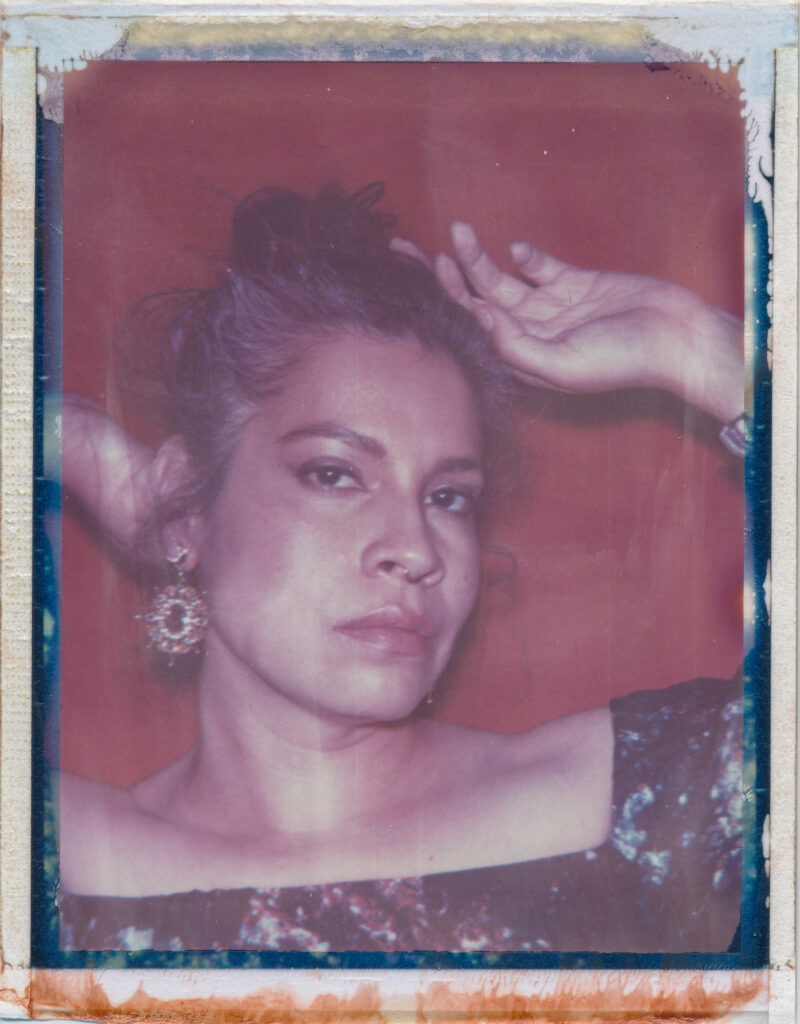
Dress: Stine Goya, Earrings: Azza Fahmy ‘Star Earrings’
Photography
Alexander Moura
Fashion editor
Deborah Ferguson
Interview
Laasya Gadiyaram
Makeup
Kirin Bhatty @A-Frameagency
Hair
Ryan Tanaguchi
Fashion Assistant
Chloe Vee
Web layout
Naveed Shakoor
Thank you
Persona PR & Apple TV